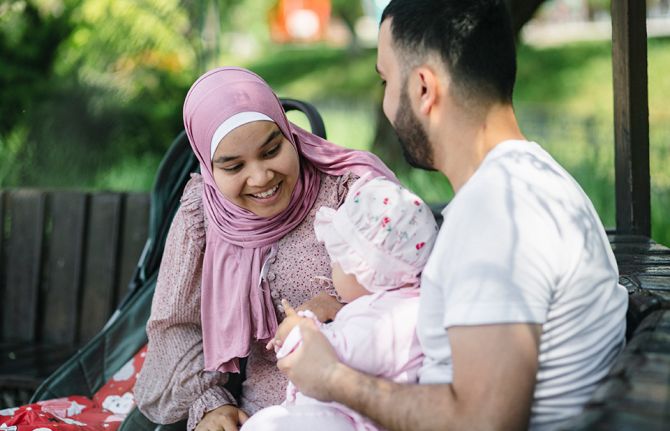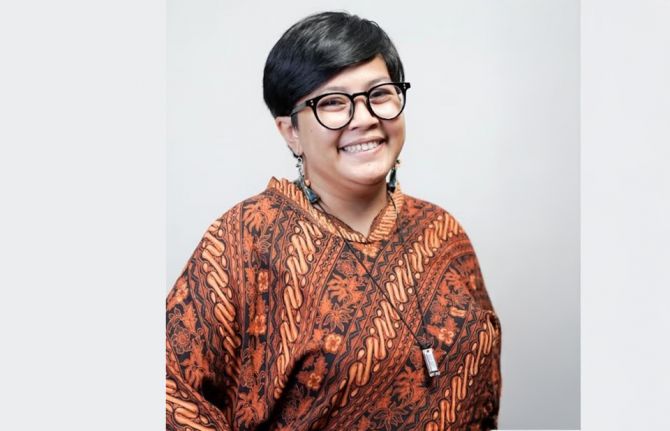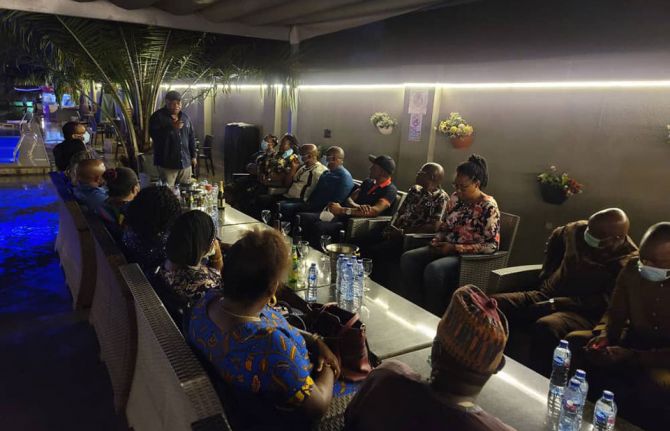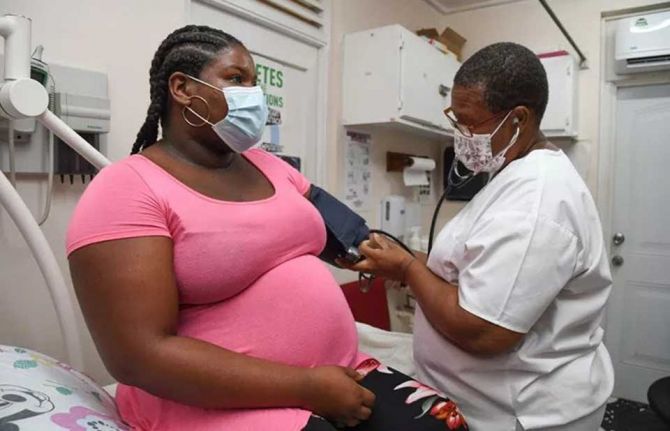



Feature Story
Keeping children free from preventable diseases in Asia Pacific
23 April 2025
23 April 2025 23 April 2025In 2010, at age 23, Ayu Oktariani learned she was HIV positive. Not only did she lose her husband to AIDS, but during her pregnancy her daughter became infected with HIV.
“I had no chance at all to protect my family,” she said. “I had no information about HIV and even less knowledge about HIV and pregnancy.”
Ten thousand children were infected with HIV in Asia and the Pacific in 2023, around 30 every day. Although HIV prevention services helped avoid nearly 72,000 new HIV infections among children since 2015, over one-third of pregnant women in Asia Pacific in need of medicine to prevent HIV transmission to their child, and to keep themselves well, do not have access.
Today, Ms Oktariani and her daughter are accessing antiretroviral treatment and are thriving. In addition, Ms Oktariani now heads Indonesia’s national network of women living with HIV - Ikatan Perempuan Positif Indonesia (IPPI). Through its Emak (mother) Club, IPPI helps women living with HIV to get the information and care that did not reach her and so many others in time.
“We support pregnant women living with HIV to get on treatment, make sure they access maternal and child health services based on their needs and ensure all the babies get prophylaxis (preventative medicines) and Early Infant Diagnosis. We do it with the hope that mothers can give birth to healthy babies, free from HIV,” she explained.
Ms. Oktariani spoke at the launch of the Regional Roadmap for the Triple Elimination of Mother-to-Child Transmission of HIV, Syphilis and Hepatitis B in the Asia and Pacific Region. This resource offers guidance to strengthen national strategies and operational plans to end these three diseases among children by 2030.
The roadmap tracks the progress of 21 countries since 2018. It outlines strategic priorities to pick up the pace, including policy leadership, universal service access, integration with reproductive and child health systems, community engagement and strengthened monitoring.
In the region, Thailand, Malaysia, Sri Lanka and the Maldives have already achieved the dual elimination of mother-to-child transmission of HIV and syphilis. These four countries are also on the way to eliminating mother to child transmission of hepatitis B. Bhutan, Cambodia, China and Mongolia, are also making solid progress, however, other countries still face significant challenges.
The roadmap specifically calls for increased monitoring of syphilis and hepatitis B, and for hepatitis B strategies to be integrated into programmes and policies to prevent transmission.
Sri Lanka eliminated HIV and syphilis in children in 2019 and maintained validation in 2023. It is now on-track to add hepatitis B to the list thanks to continuous work to strengthen maternal and child healthcare.
China launched its HIV prevention programme 24 years ago and has fully integrated these services with maternal and child healthcare. The national rate of mother-to-child HIV transmission is now 1.3%.
In Nepal which has the region’s best overall HIV prevention results, the 2021-2026 National HIV Strategy aims to eliminate these three diseases along with congenital hepatitis C and other sexually transmitted infections.
In the midst of an HIV outbreak, Fiji is developing a Triple Elimination Strategy aligned with global and regional frameworks. It hopes to capitalize on the fact that virtually all its deliveries take place in hospitals.
Papua New Guinea, which also faces rising new infections, is mobilizing resources for its own Triple Elimination Framework. It is currently focused on increasing testing and ensuring women in the provinces access treatment and community support.
At the launch, Regional Directors from WHO, UNICEF and UNAIDS all emphasized the need for integrated services.
“The triple elimination agenda helps us to get the most out of every interaction and investment,” said Eamonn Murphy, Regional Director of UNAIDS Asia Pacific and Eastern Europe Central Asia. “No child should begin life with a disease we can prevent.”


